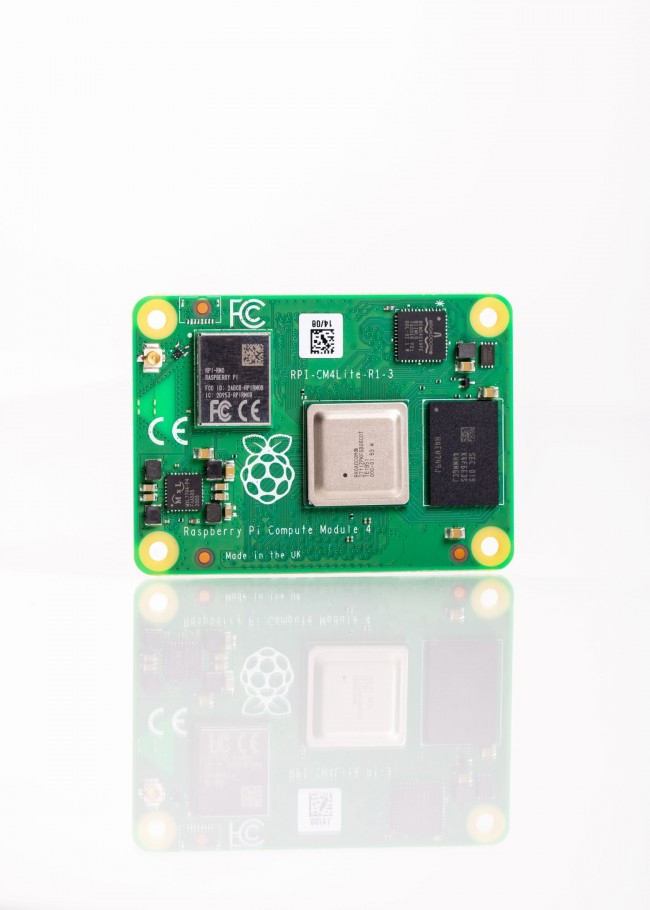
Raspberry Pi Cases Flirc Raspberry Pi 4 case So, which one should you go for? In our tests, all versions worked just fine, so go with the one you can afford. Now that 4K content is fast becoming the new standard for digital media, the demand for devices that support 4K streaming is growing, and fortunately, Raspberry Pi 4 can handle this with ease! There are three versions of Raspberry Pi 4, differentiated by the amount of RAM they have: 1GB, 2GB, or 4GB.

Raspberry Pi has been a perfect choice for a home media centre ever since it was released in 2012, due to it being inexpensive and supported by an active community. Only Raspberry Pi 4 can output at 4K, so it’s important to remember this when deciding on which Raspberry Pi to choose. Grab a Raspberry Pi 4 and a micro-HDMI cable, and let’s get started. We asked Wes Archer to take us through setting one up.
#FLIRC PI 4 UPGRADE#
With the release of the super-powered Raspberry Pi 4, it’s time to fully upgrade our media centre to become a 4K-playing powerhouse. While we always have a few Raspberry Pi computers at hand for making robots and cooking gadgets, or just simply coding a Scratch game, there’s always at least one in the house powering a TV. We love Raspberry Pi for how it’s helping a new generation of children learn to code, how it’s resulted in an explosion of new makers of all ages, and how it’s really easy to turn any TV into a smart TV.


 0 kommentar(er)
0 kommentar(er)
